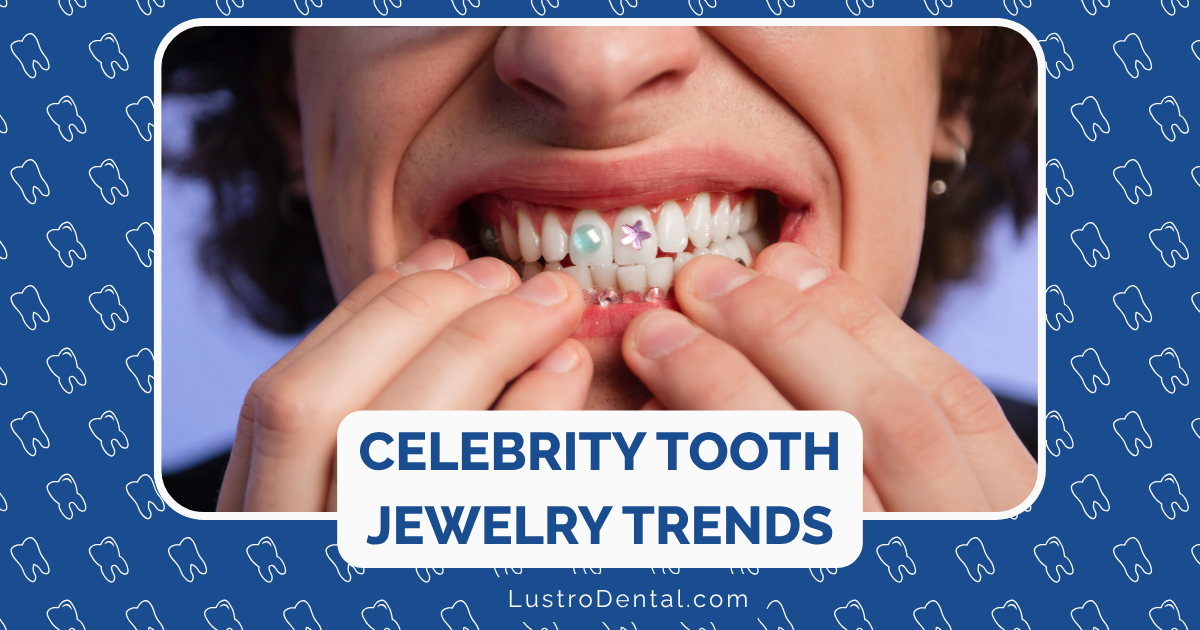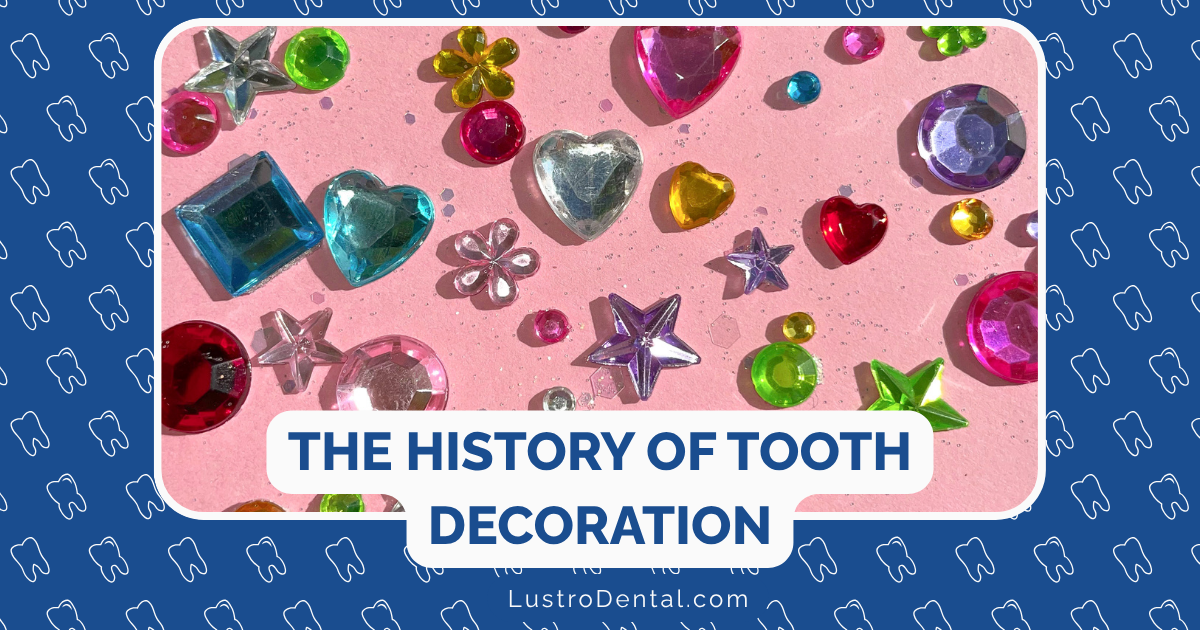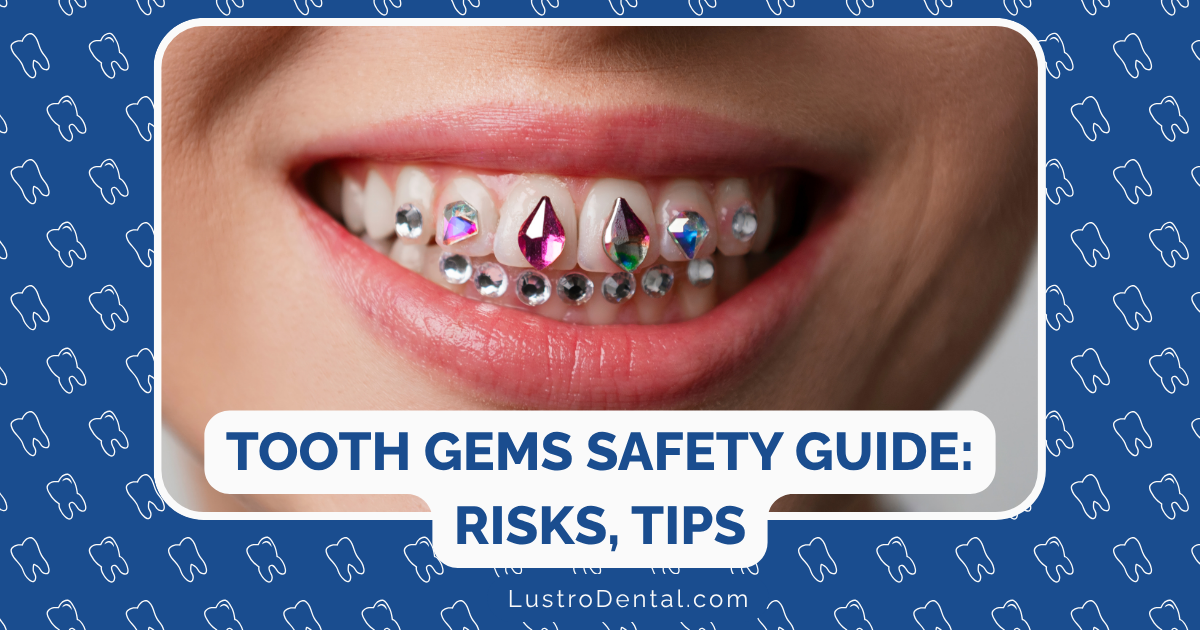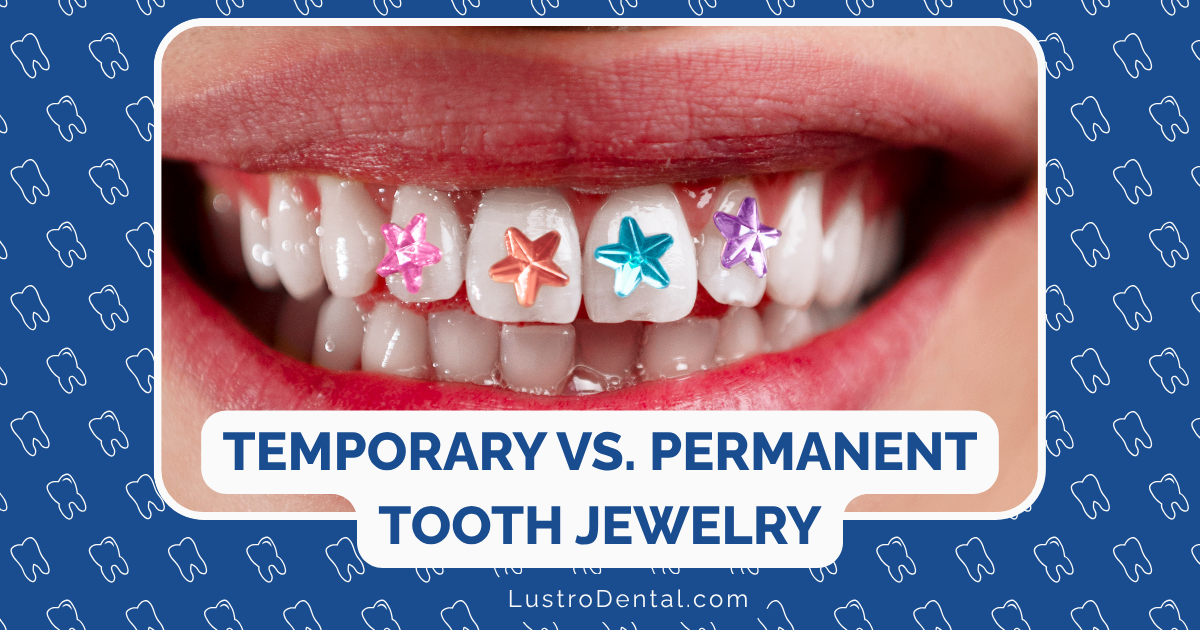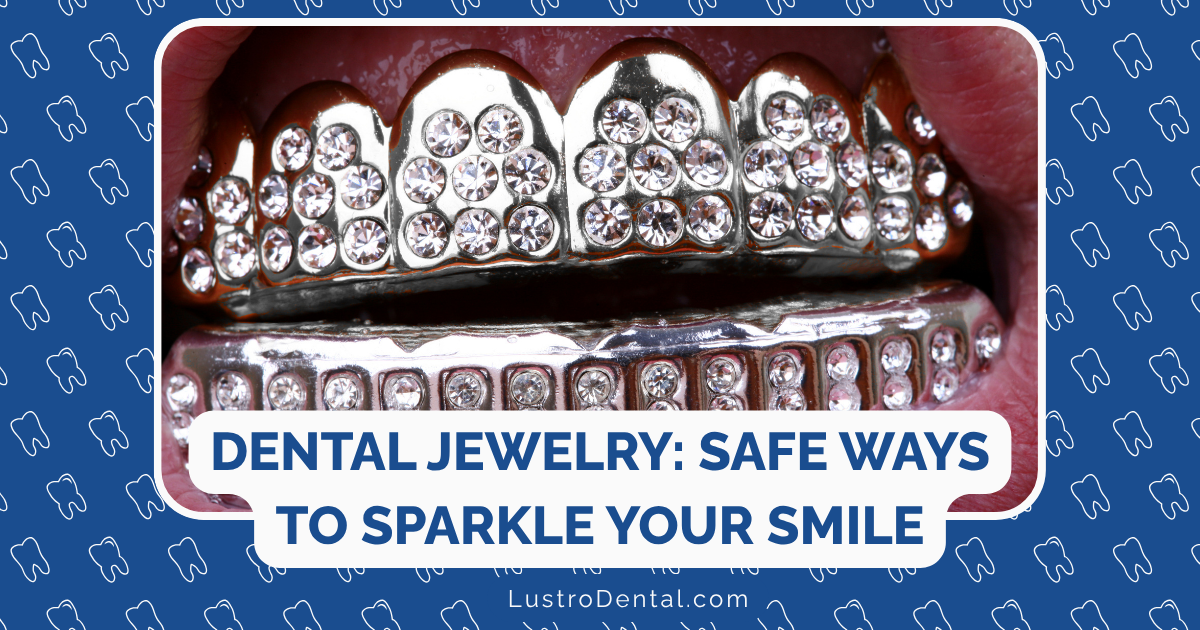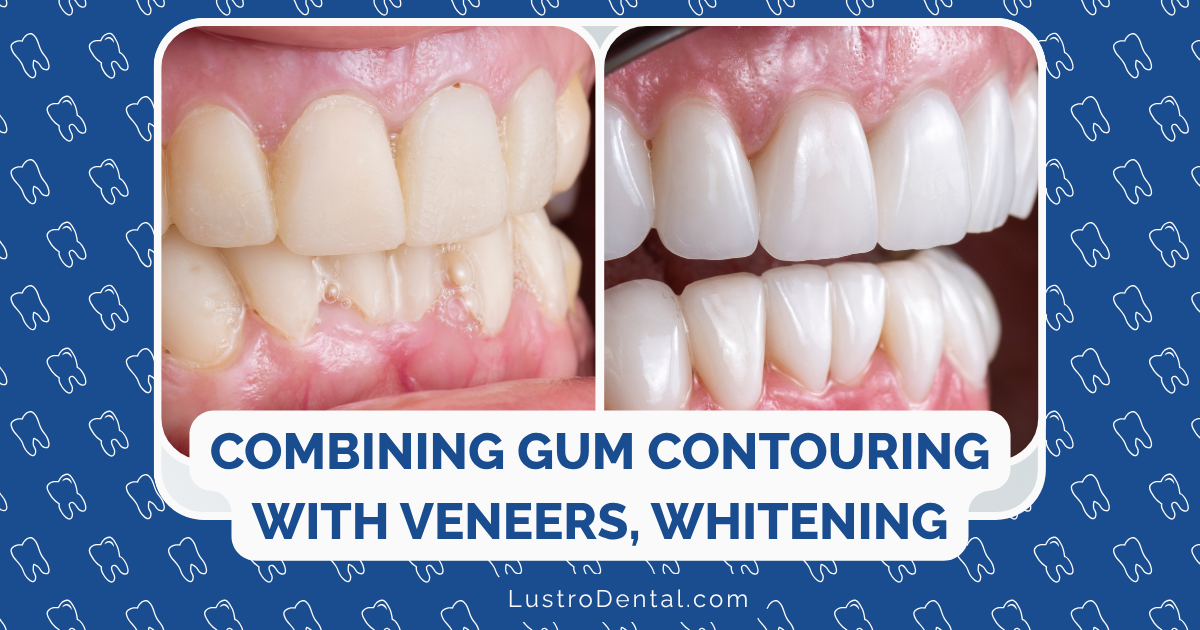Bonding vs. Veneers: The Pros and Cons for Your Specific Situation
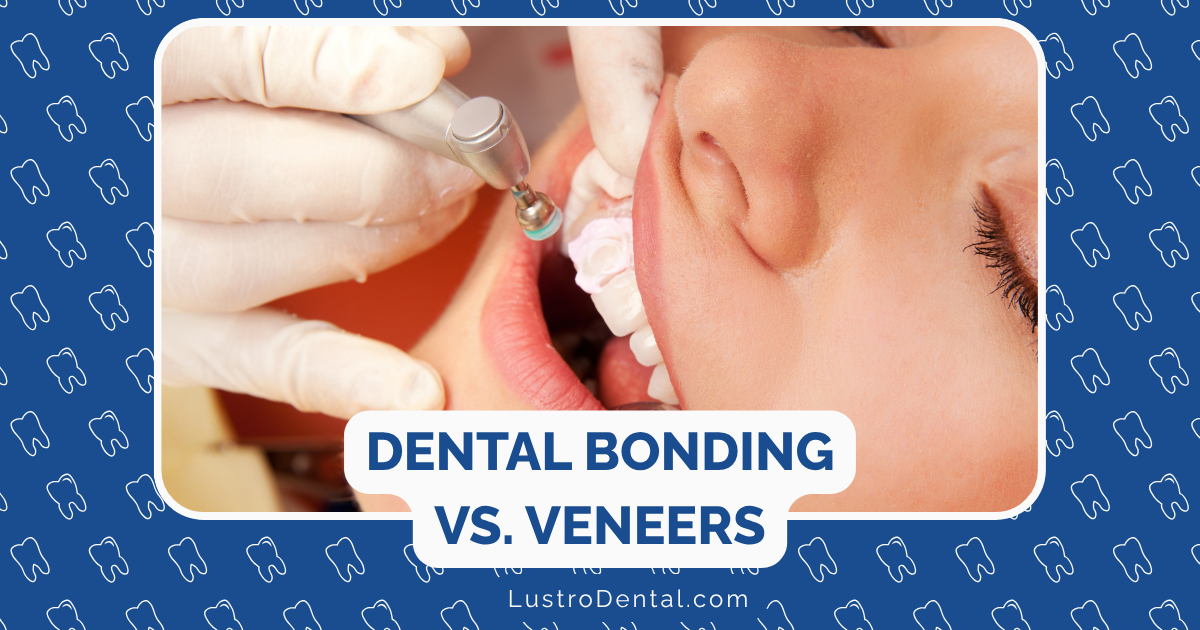
When patients sit in my chair seeking to improve their smile, two options frequently come up in our discussions: dental bonding and veneers. Both treatments can transform your smile, but they differ significantly in terms of procedure, durability, cost, and suitability for different situations.
The truth is, there’s no one-size-fits-all answer to the question “Which is better?” The right choice depends entirely on your specific dental concerns, lifestyle, budget, and long-term goals. Let’s break down these two popular cosmetic dental options to help you determine which might be the perfect fit for your unique situation.
Understanding the Basics: What Are Bonding and Veneers?
Before diving into comparisons, let’s clarify what each procedure entails:
Dental Bonding
Dental bonding involves applying a tooth-colored composite resin directly to your teeth. This putty-like material is shaped, hardened with a special light, and polished to blend seamlessly with your natural teeth. The procedure is used to repair chips, close small gaps, cover stains, or reshape teeth.
Dental Veneers
Veneers are thin shells, typically made from porcelain or composite materials, that are custom-crafted to fit over the front surface of your teeth. They’re bonded permanently to your teeth and can dramatically transform your smile by addressing issues like discoloration, chips, gaps, or misalignment.
A Side-by-Side Comparison: Key Differences
Let’s examine how these two treatments stack up against each other across several important factors:
1. Material and Appearance
Dental Bonding:
- Uses composite resin (the same material used for tooth-colored fillings)
- Can look natural initially but may become dull or stained over time
- Less translucent than natural teeth or porcelain veneers
- May not match adjacent teeth perfectly as it ages
Veneers:
- Typically made from porcelain or high-grade ceramic
- Mimics the light-reflecting properties of natural enamel
- Maintains its color and appearance for many years
- Highly resistant to staining
- Provides a more consistently natural appearance over time
According to the American Academy of Cosmetic Dentistry, porcelain veneers reflect light similarly to natural teeth, creating what dental professionals call “vital translucency”—a quality that’s difficult to achieve with bonding materials.
2. Procedure and Timeline
Dental Bonding:
- Usually completed in a single visit
- Typically takes 30-60 minutes per tooth
- Requires minimal to no removal of natural tooth structure
- No need for temporary restorations
- No anesthesia required in most cases
Veneers:
- Requires at least two appointments (preparation and placement)
- First visit involves preparing teeth and taking impressions
- Second visit (typically 1-2 weeks later) is for permanent placement
- Requires removal of a thin layer of enamel (about 0.5mm)
- May require local anesthesia during preparation
- Temporary veneers are worn between appointments
3. Durability and Longevity
Dental Bonding:
- Typically lasts 3-7 years before needing touch-ups or replacement
- More prone to chipping, cracking, or wearing down
- May require periodic polishing to maintain appearance
- Less resistant to staining from coffee, tea, wine, or tobacco
Veneers:
- Porcelain veneers typically last 10-15 years or longer with proper care
- Some patients report veneers lasting 20+ years
- Highly resistant to chips and cracks (though not indestructible)
- Maintains color stability and stain resistance throughout lifespan
A 2023 longitudinal study published in the Journal of Prosthetic Dentistry found that porcelain veneers had a 94.4% survival rate after 10 years, while composite bonding had a 50% replacement rate after just 5 years.
4. Cost Considerations
Dental Bonding:
- Typically ranges from $300-$600 per tooth
- Often not covered by insurance (cosmetic procedure)
- May require more frequent touch-ups or replacements, adding to long-term cost
Veneers:
- Porcelain veneers range from $925-$2,500 per tooth
- Composite veneers (less common) range from $800-$1,500 per tooth
- Usually not covered by insurance
- Higher upfront cost but potentially better value over time due to longevity
5. Maintenance Requirements
Dental Bonding:
- Requires careful oral hygiene
- More susceptible to staining, so limiting coffee, tea, red wine, and tobacco is advisable
- May need occasional professional polishing to maintain appearance
- Avoid biting hard objects (ice, pens, fingernails) to prevent chipping
Veneers:
- Standard oral hygiene practices (brushing, flossing, regular check-ups)
- Stain-resistant, but still best to avoid excessive exposure to staining substances
- Consider a nightguard if you grind your teeth
- Avoid using teeth as tools to prevent damage
Pros and Cons: The Quick Reference Guide
Dental Bonding Pros:
- ✓ More affordable upfront cost
- ✓ Single appointment procedure
- ✓ Preserves more natural tooth structure
- ✓ Easily repairable if damaged
- ✓ Reversible procedure
- ✓ No need for temporary restorations
Dental Bonding Cons:
- ✗ Shorter lifespan (3-7 years)
- ✗ Less stain-resistant
- ✗ More prone to chipping and wear
- ✗ May not look as natural over time
- ✗ Not ideal for major smile transformations
- ✗ May require more frequent maintenance
Veneers Pros:
- ✓ Longer lifespan (10-15+ years)
- ✓ Highly resistant to staining
- ✓ More natural appearance that lasts
- ✓ Can address multiple issues simultaneously
- ✓ Stronger and more durable
- ✓ Dramatic, consistent results
Veneers Cons:
- ✗ Higher upfront cost
- ✗ Requires removal of enamel (irreversible)
- ✗ Multiple appointments required
- ✗ Difficult to repair if damaged (typically requires replacement)
- ✗ More complex procedure
- ✗ Cannot be whitened later (must be replaced if color change is desired)
Which Option Is Right for Your Specific Situation?
Now that we’ve covered the general differences, let’s explore which option might be better suited for specific situations and concerns:
Consider Dental Bonding If:
1. You have minor cosmetic concerns
Bonding excels at addressing small chips, narrow gaps, or minor shape irregularities. Dr. Amanda Johnson, a cosmetic dentistry specialist, notes: “For patients with generally healthy teeth who just need small tweaks, bonding can provide excellent results without unnecessary intervention.”
2. You’re on a limited budget
If cost is a significant factor, bonding offers a more economical entry point to cosmetic enhancement.
3. You’re not ready for a permanent change
Since bonding typically requires minimal to no enamel removal, it’s essentially reversible, making it ideal if you’re uncertain about committing to a permanent alteration.
4. You need a quick fix
Perhaps you have an important event coming up and need a same-day solution—bonding can provide immediate results.
5. You’re younger or your teeth are still changing
For younger patients whose teeth may still be shifting or who might want different options in the future, the temporary nature of bonding can be advantageous.
Consider Veneers If:
1. You have significant aesthetic concerns
Veneers are the go-to solution for addressing multiple issues simultaneously, such as severe discoloration, significant gaps, or noticeably misshapen teeth.
2. You want long-lasting results
If durability and longevity are priorities, veneers clearly outperform bonding. As Dr. Michael Roberts of the American Academy of Cosmetic Dentistry explains, “The investment in veneers often pays for itself over time through reduced maintenance and replacement costs.”
3. You drink coffee, tea, red wine, or smoke
If you regularly consume staining substances and don’t want to worry about discoloration, porcelain veneers’ stain resistance is a significant advantage.
4. You want a dramatic smile transformation
For those seeking a comprehensive smile makeover with predictable, dramatic results, veneers provide more consistent and controllable outcomes.
5. You have intrinsic staining that whitening can’t address
Tetracycline staining, fluorosis, or other internal discoloration that resists whitening treatments can be effectively masked with veneers.
Special Considerations for Specific Dental Issues
For Gaps Between Teeth:
Small gaps (less than 1mm): Both options can work well, but bonding may be more cost-effective.
Medium gaps (1-2mm): Either option can work, though veneers may provide more predictable results.
Large gaps (more than 2mm): Veneers typically provide better results, though orthodontic treatment might be worth considering first.
For Chipped Teeth:
Minor chips: Bonding is often ideal—cost-effective and minimally invasive.
Moderate chips: Either option can work well; consider longevity needs and budget.
Severe chips: Veneers or even crowns may be necessary for structural support.
For Discoloration:
Surface stains: Try professional whitening first; bonding can address resistant spots.
Intrinsic/deep staining: Veneers typically provide more predictable and comprehensive coverage.
Single discolored tooth: Bonding can be perfect for addressing one tooth that doesn’t match the others.
For Misaligned Teeth:
Slightly rotated or misaligned: Both options can create the illusion of straighter teeth.
Moderately misaligned: Veneers can provide a “instant orthodontics” effect in some cases.
Severely misaligned: Consider orthodontic treatment first; cosmetic options may not provide optimal results.
Real Patient Scenarios: Making the Choice
To illustrate how these factors play out in real situations, consider these patient scenarios:
Case 1: The Budget-Conscious Graduate
Patient: Alex, 23, recent college graduate with student loans Concern: Small chip on front tooth from sports accident Budget: Limited Timeline: Job interviews starting next month Recommendation: Dental bonding Rationale: Addresses the immediate concern with minimal investment; can always upgrade to veneers later if desired
Case 2: The Coffee-Loving Professional
Patient: Maria, 42, executive who drinks multiple cups of coffee daily Concern: Yellowing teeth resistant to whitening, plus minor gaps between front teeth Budget: Willing to invest in long-term solution Timeline: No immediate deadline Recommendation: Porcelain veneers Rationale: Stain resistance is crucial given lifestyle; comprehensive solution addresses multiple concerns with long-term durability
Case 3: The Cautious Explorer
Patient: James, 35, interested in improving smile but nervous about permanent changes Concern: Slightly misshapen lateral incisors, minor discoloration Budget: Moderate Timeline: Flexible Recommendation: Start with bonding as a “trial run” Rationale: Allows patient to experience an improved smile without permanent commitment; can transition to veneers if satisfied with the change
Making Your Decision: Questions to Ask Yourself
To help determine which option might be best for your situation, ask yourself:
- What is my primary concern with my smile? (Minor issues often can be addressed with bonding)
- How important is longevity to me? (If you want a “fix it and forget it” solution, veneers may be worth the investment)
- What is my budget, both short-term and long-term? (Consider both initial costs and potential maintenance/replacement)
- How do I feel about permanent changes to my teeth? (Veneers require irreversible enamel removal)
- How quickly do I need results? (Bonding can be completed in one visit)
- What are my lifestyle habits? (Coffee drinkers, wine enthusiasts, and smokers may benefit from stain-resistant veneers)
- How important is the most natural possible appearance? (Porcelain veneers typically provide the most lifelike results)
Questions to Ask Your Dentist
During your consultation, consider asking:
- Based on my specific concerns, which option would you recommend and why?
- Can you show me before-and-after photos of patients with similar issues who’ve had each procedure?
- Given my lifestyle and habits, which option would likely last longer for me personally?
- What would the exact cost difference be in my case?
- Are there any specific risks or considerations for my particular dental situation?
- Could I benefit from a hybrid approach, using different techniques for different teeth?
- If I choose bonding now, could I transition to veneers later?
The Hybrid Approach: When to Consider Both
In some cases, a combination of bonding and veneers might be the optimal solution. For example:
- Using veneers on the most visible front teeth and bonding on less visible teeth to manage costs
- Starting with bonding as a “preview” before committing to veneers
- Addressing different issues with different techniques (e.g., veneers for severe discoloration, bonding for minor chips)
Dr. Lisa Martinez, a cosmetic dentistry specialist, explains: “The beauty of modern cosmetic dentistry is that we can customize treatment plans using multiple techniques to achieve the best results for each individual patient’s needs, preferences, and budget.”
Beyond the Basics: New Developments for 2025
The field of cosmetic dentistry continues to evolve, with several exciting developments enhancing both bonding and veneer options:
For Bonding:
- New composite materials with improved stain resistance and durability
- Enhanced bonding agents for longer-lasting results
- Improved color stability in newer formulations
- Digital smile design for more precise planning and predictable outcomes
For Veneers:
- Ultra-thin veneers requiring minimal to no preparation
- Digital fabrication for more precise fit and appearance
- Same-day veneers using in-office milling technology
- Improved temporary veneers for better comfort between appointments
Conclusion: There’s No “Better” Option—Only the Right Option for You
The decision between dental bonding and veneers isn’t about which treatment is inherently “better”—it’s about which one aligns most closely with your specific needs, goals, and circumstances.
Both treatments have their place in cosmetic dentistry, and both can provide beautiful results when performed by a skilled practitioner on appropriately selected cases. The key is working with an experienced cosmetic dentist who can guide you through the decision-making process with your unique situation in mind.
Remember that the best cosmetic dental work is the kind that makes you feel confident about your smile while meeting your practical needs for durability, maintenance, and budget. Whether that means the affordability and simplicity of bonding or the longevity and transformative potential of veneers will depend entirely on you.
Have you had experience with either dental bonding or veneers? What factors influenced your decision? Share your experience in the comments below!


